 |
|
Out-of-camera JPEG. Shot this using Olympus’s Live Composite function, a handy feature that’s long been included in OM-D cameras. LiveComp is enabled from within the ‘Bulb’ setting on the mode dial.
ISO 800 | 8 sec | F2 | Olympus 12mm F2 | 30 minute composite (cut short by clouds moving in)
|
The E-M5 III is essentially an E-M1 II in a smaller, 28% lighter package, with the same stills, video and AF capabilities as its bigger sibling. Combined with a modest kit of Olympus’s M.Zuiko glass, the Mark III has the potential to be an excellent travel and adventure camera.
Olympus brought a small group of journalists out to Moab, Utah last week to get some initial hands-on field time with the E-M5 III (full disclosure: Lodging, transportation and meals were provided by Olympus). I’ve long been a fan of the E-M1 II as a travel camera, especially when kitted with the versatile 12-100mm F4 IS Pro for daylight shooting, and a small, fast prime like the 12mm F2 for low light shooting. And I’ve never stepped foot in the American Southwest, but the prospect of testing an “E-M1 II lite” in this new environment, definitely appealed to me.
The most significant differences between the E-M1 II and E-M5 III is the former offers a better grip and faster shooting, while the E-M5 III offers a lesser footprint and a lesser price tag. Given the amount of hiking we were planning on doing in and around Arches National Park, I was just fine trading some burst speed and grip real estate for less weight.
Our first day was spent touring all the sights in Arches National Park, including ‘Park Avenue,’ ‘Balance Rock,’ ‘Garden of Eden,’ ‘North Window,’ and ‘Turret Arch.’ You can see many photos of all of these spots in our sample gallery at the bottom of the page.
At each of these extraordinary locations I took note of the countless people snapping photos; many with smartphones, but plenty more with full-size cameras. How fortunate I felt to have the equivalent of 14mm to 200mm between two lenses (7-14mm F2.8 Pro and 12-100mm F4) without breaking a sweat. I especially felt bad for those carrying around bulky DSLRs with telephoto lenses attached: what a drag that must be in the heat of the desert.
Lens quality, versatility and compact size are huge selling points for Olympus
Lens quality, versatility and compact size are huge selling points for Olympus, as is image stabilization. Other systems have them beat when it comes to resolution, but it’s hard to compete with the completeness and compactness of Olympus’ Micro Four Thirds system, (especially considering their telephoto lenses). I think this undeterred dedication to a truly light-weight system helps set Olympus apart from just about everyone else. And I think it makes a lot of sense for them to capitalize on this compactness by releasing a slimmed down E-M5.
 |
|
Out-of-camera JPEG. Olympus’ black and white JPEG profile is a personal favorite.
ISO 200 | 1/320 sec | F5.6 | Olympus 12-100mm F4 IS Pro @ 17mm
|
In addition to my desire to keep the gear load light while traveling, I’m also the kind of person that likes to share lots of photos along the way. Sure, I’ll likely make some Raw conversions when I get home, but I definitely value cameras that make it painless to send files to my smartphone. And even though I signed an NDA agreement barring me from sharing anything during the trip, Olympus’s Image Share app is pretty simple to pair and use.
I also appreciate cameras with appealing JPEG profile settings. With the E-M5 III, I found the default “Natural” Picture Mode a tad flat and “Vivid” a tad too punchy – in both cases I was able to adjust contrast, saturation and sharpening to my liking via the ‘Super Control Panel’. Olympus’s ‘Monochrome’ mode in particular suits my tastes nicely, especially when the ‘Gradation’ is set to “High Key” for an even more dramatic effect.
After a full day in the park and a hearty dinner, we wrapped up our evening capturing star trails at Balance Rock. Sadly, incoming clouds cut short our time to test out the camera’s Live Composite feature: a fun and easy way to capture star trails. The image at the top of the page is an 8 sec exposure, with a 30 minute composite of the sky.
 |
|
Out-of-camera JPEG. Shot using the high-res mode on a tripod.
ISO 200 | 1/320 sec | F5.6 | Olympus 12-100mm F4 IS Pro @ 18mm
|
Our next day began with a sunrise shoot from Dead Horse Point, looking out toward Canyonlands National Park. My bones are still cold just looking at the image above. The location was perched high up over the dessert floor with winds lashing us. With my E-M5 III on a Manfrotto BeFree tripod, I feared a gust would take the entire light-weight rig over the edge. I didn’t want to have to explain that to the Olympus representatives, so I held on to the camera strap at all times, just to be safe.
Unlike some of my fellow journalists who likely needed finger amputations after this shoot, I brought a pair of gloves. Unfortunately the camera’s small control points made it especially tough to operate. Seeing as I was shooting a stationary scene on a tripod, I opted to use the camera’s ‘High Res’ shot mode: it’s easy enough to access via a click of the drive button and a turn of the control wheel. Those actions I was able to complete with a glove on, but when I realized setting a shutter delay for this mode would require a deep dive into the menus, I cried just a little.
Ultimately, I think cold hands were worth getting the shot. And I look forward to pulling the above Raw file into Adobe Camera Raw and punching up the saturation a bit when support becomes available.
 |
|
Out-of-camera JPEG. This was not my first rodeo.
ISO 250 | 1/2500 sec | F3.2 | Olympus 40-150mm F2.8 Pro @ 150mm
|
After our morning shoot, a hot breakfast and a very long hot shower, we headed up the Colorado River toward Red Cliff Lodge Ranch, the site of many a famous John Wayne movie. Here we got to put the camera’s autofocus, burst speed and dust-sealing to the test.
The fastest burst with continuous AF on the E-M5 III is 10 fps using the e-shutter (6 fps with the mechanical), compared to an 18 fps max burst on the EM1 II (also e-shutter). Despite being spoiled by the faster burst speeds of its sibling, 10 fps proved plenty fast enough for capturing cowboys wrangling cattle. And the camera’s buffer depth and clearing speed also proved ample for my needs, even when shooting Raw+JPEG.
The E-M5 III’s 121-point PDAF system is a huge improvement over the older CDAF system
The E-M5 II shares the same 121-point PDAF system as the flagship E-M1 II, a huge improvement over the previous model’s 81-point CDAF system. Most of my action shots were made using the camera’s ‘C-AF+Tracking’ setting which seemed to do a good job sticking to my chosen subject. A quick look through the bursts suggests a solid, though not class-leading, hit rate when using tracking in good light. Considering the random movement of my subject, heavy shadow and dust-filled environment, I was pretty pleased with the number of keepers.
 |
|
Raw file converted in-camera with adjustments made to the exposure.
ISO 125 | 1/2000 sec | F5.6 | Olympus 40-150mm F2.8 Pro @ 40mm
|
I did struggle to follow the action occasionally – even with the EVF brightness maxed out to +2 and the camera pressed firmly to my glasses, the bright sun seemed to leak in. The EVF refresh rate is also locked at 60 fps, compared to 120 fps on the E-M1 II and the difference between the two is noticeable when trying to follow fast action. Still, despite my struggles seeing through the finder, I managed as best I could to get the shots. That is, until the dust clouds started getting kicked up, at which point I relied more on the LCD to frame.
By the end of the shoot my camera was absolutely covered in dust. I’d managed to keep the lens, EVF and LCD clean by blasting them with a rocket air duster every minute or so. I’d also been careful when changing lenses and followed sound advise to flip the power switch every so often to engage the supersonice sensor cleaning. Still, looking down at my black boots, now a shade of newspaper grey, I was worried some dust had still made its way to my sensor. But it didn’t.
Of course sensor cleanliness isn’t everything, dust and dirt can cause damage anywhere they get into a lens or body. Fortunately Olympus weather and dust sealing tends to be second-to-none, and the E-M5 III’s IPX1 rating is the same as its biggest of siblings, the E-M1X, making it one of the few cameras to be tested to industry standard levels.
 |
|
Out-of-camera JPEG. I preferred manually using an AF point over relying on Olympus’ Face+Eye detect.
ISO 200 | 1/800 sec | F4 | Olympus 12-100mm F4 IS Pro @ 44mm
|
With the rodeo winding down and our cowboys at rest, I decided to flip on ‘face+eye detect’ and shoot some portraits. But I quickly realized Olympus’ version of this handy feature, which they were the first brand to introduce, seemed less precise than what I’ve become accustomed to on other cameras. But of course, more testing is needed to confirm this. Still, I ultimately decided to rely on a single point instead.
The camera’s touchscreen proved a tad unresponsive as an AF touchpad
There’s no AF joystick on the E-M5 III so you either need to rely on the four-way controller to move your AF point/area or enable touchpad AF from within the menus. I prefer the latter method of dragging my finger on the screen with my eye to the finder to set my point placement. Unfortunately, the camera’s touchscreen proved a tad unresponsive, not always activating when I touched it.
We soon departed the ranch for a few more scenic shoots before calling it a day. I used our time in the bus to juice up the E-M5 III’s battery (via USB and a power pack), which was still near half charged, even after a full day of shots.
 |
|
Out-of-camera JPEG.
ISO 80 | 1/8000 sec | F1.2 | Olympus 25mm F1.2 Pro
|
As I reflected on the last 48 hours of both scenic and high-speed shoots, I pondered the question, ‘Would I recommend this to a friend for this sort of travel adventure?’ The answer is most certainly yes. The E-M5 III offers good image quality (class-leading among its direct peers), reliable autofocus, high quality/stabilized 4K video capture, excellent protection from the elements and a huge system of high quality, compact zoom lenses. It’s also got a lot of useful creative features, like LiveBulb/LiveTime and high-res mode.
Ultimately, my time spent in and around Moab, Utah left me with a strong desire to return to the area as soon as possible. I dream of driving my tiny Toyota Corolla through the entrance of Arches, friends in every seat, all of us taken aback by the enormousness of everything we see. Everything, that is, except the camera I choose to bring – it will very possibly be an Olympus.
Sample gallery
$ (document).ready(function() { SampleGalleryV2({“containerId”:”embeddedSampleGallery_5542795603″,”galleryId”:”5542795603″,”isEmbeddedWidget”:true,”selectedImageIndex”:0,”isMobile”:false}) });
Articles: Digital Photography Review (dpreview.com)



























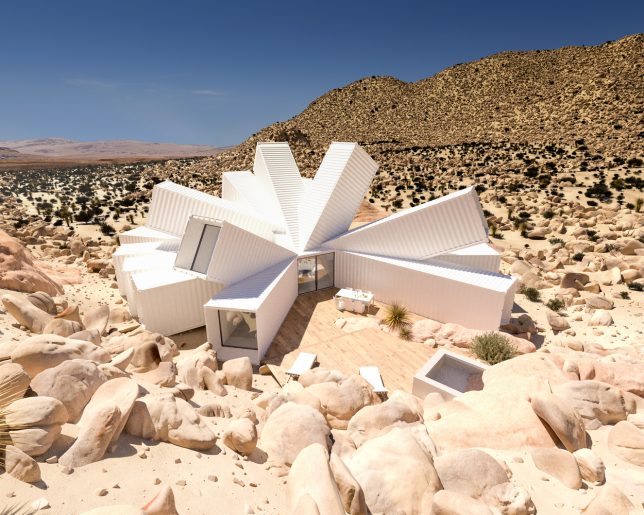
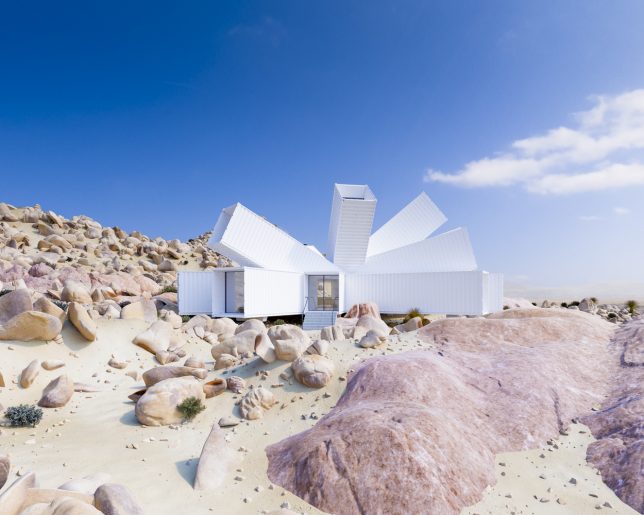
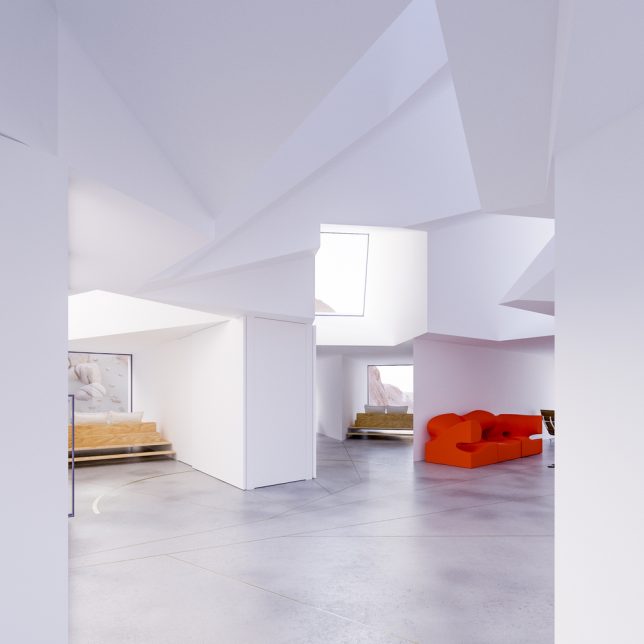


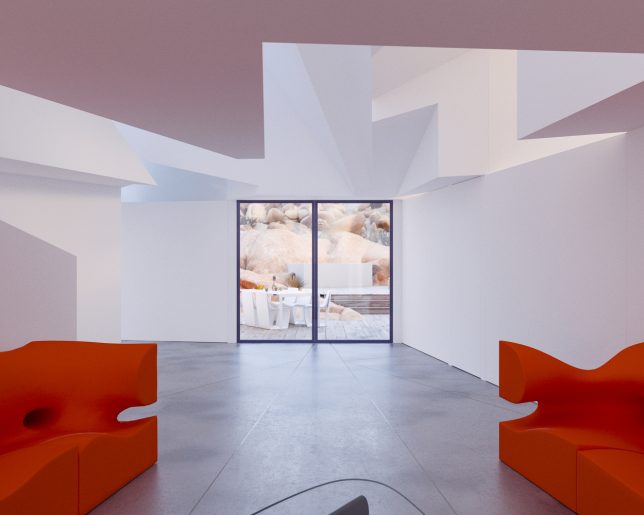
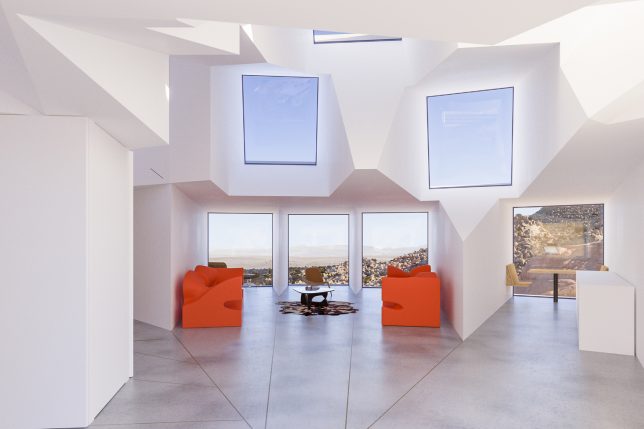
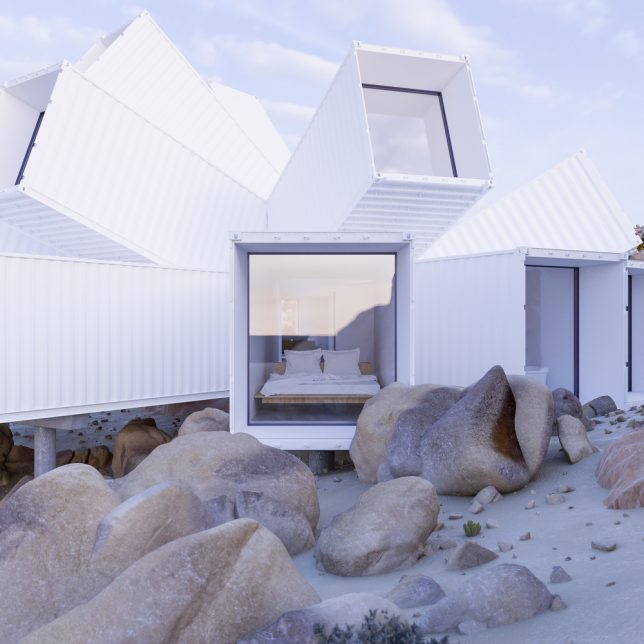




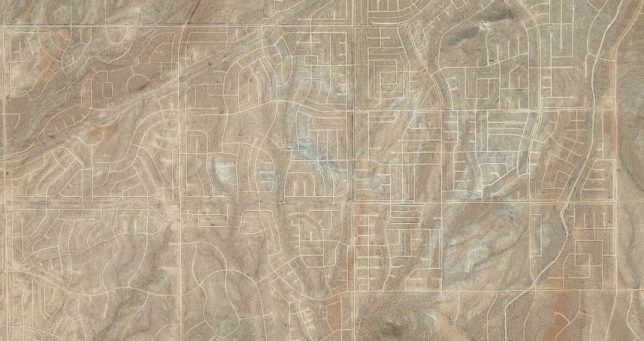
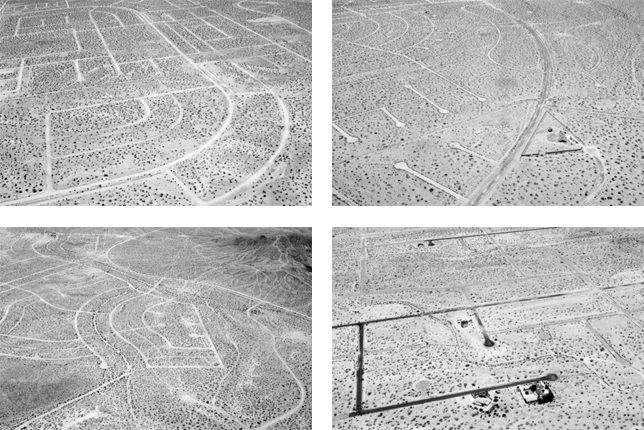
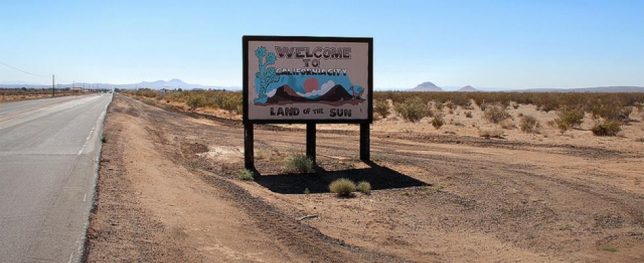
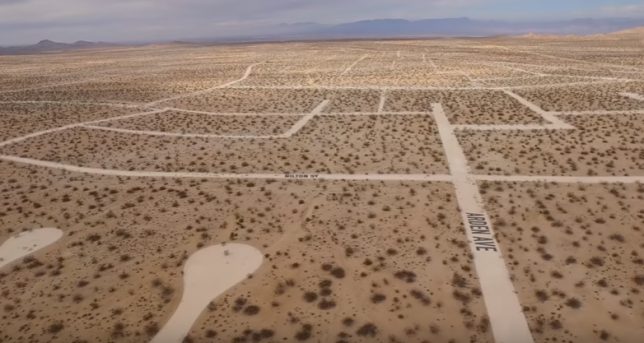
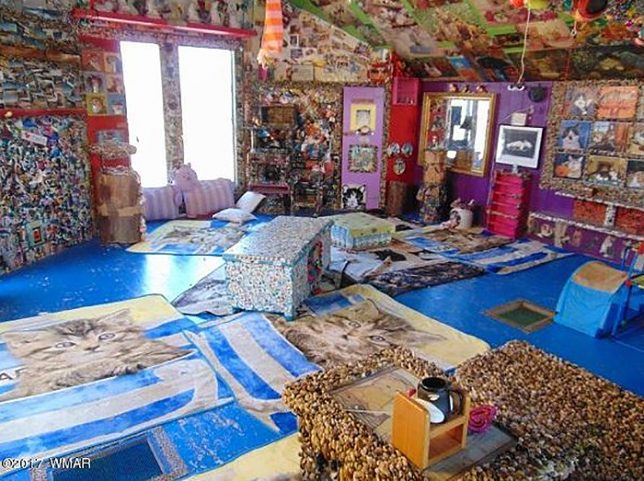
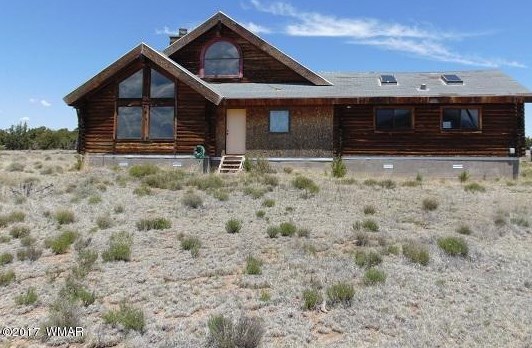
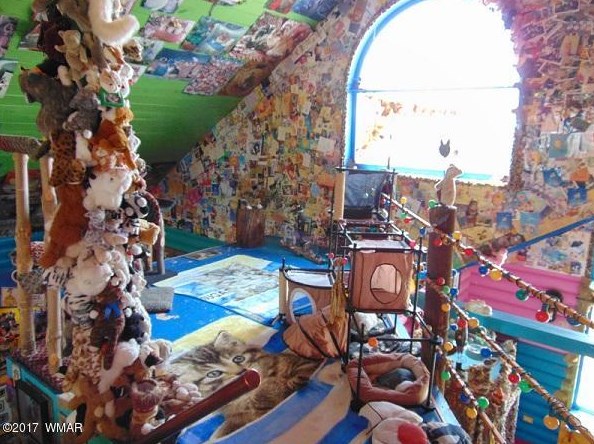
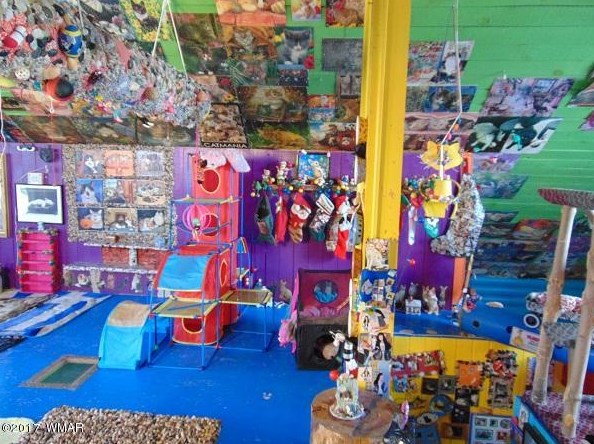
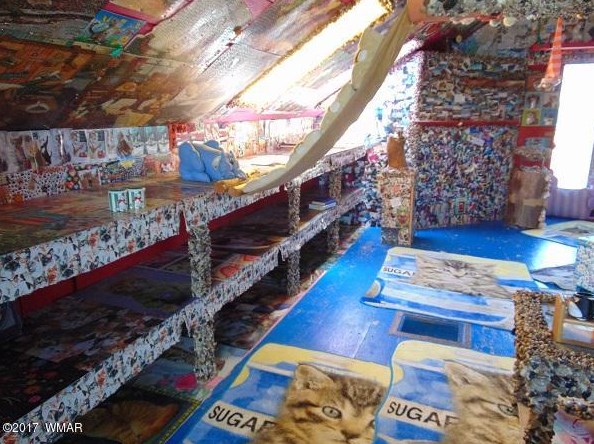
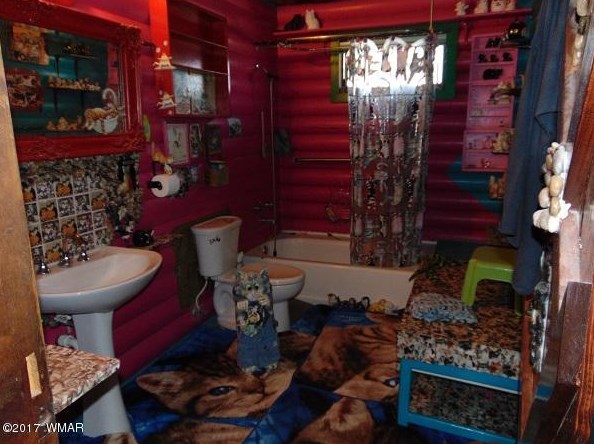

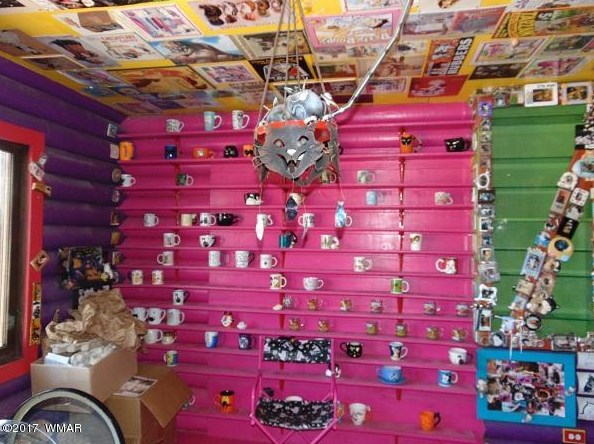
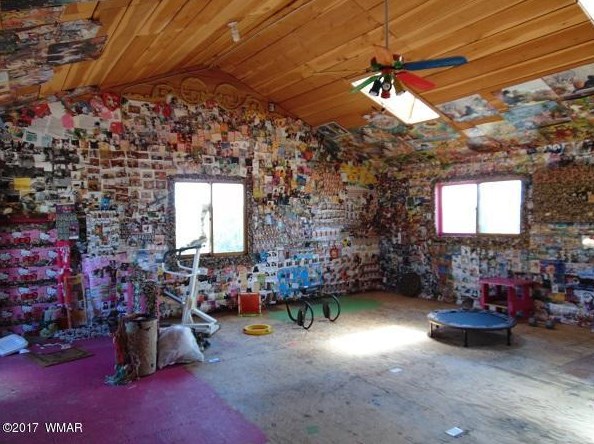
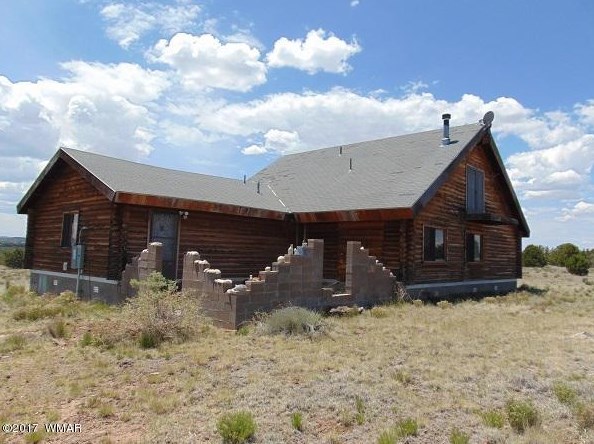
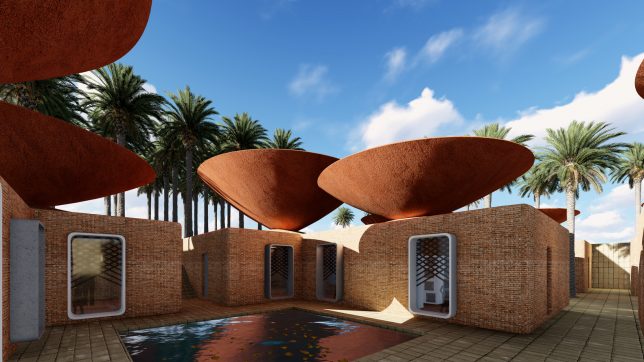

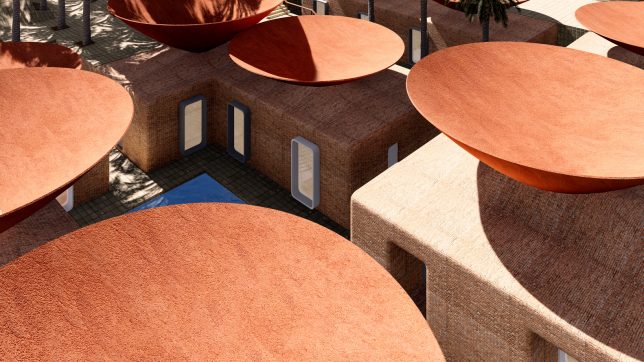


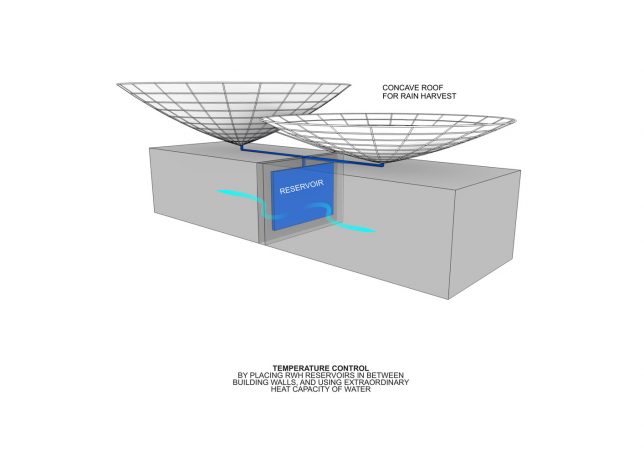
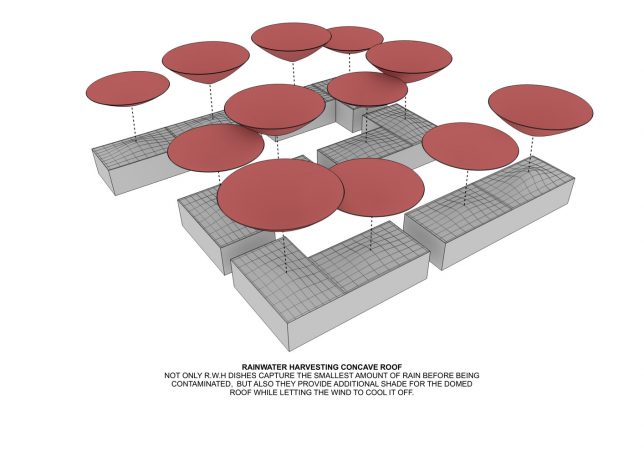
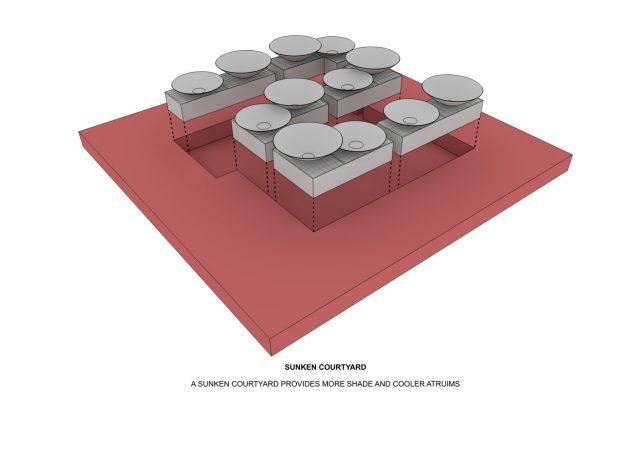
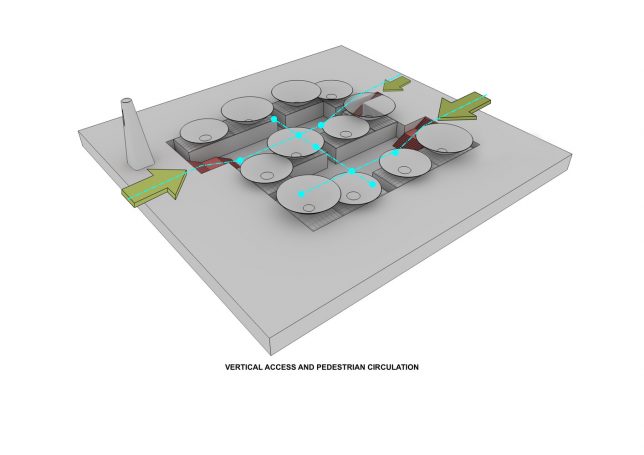
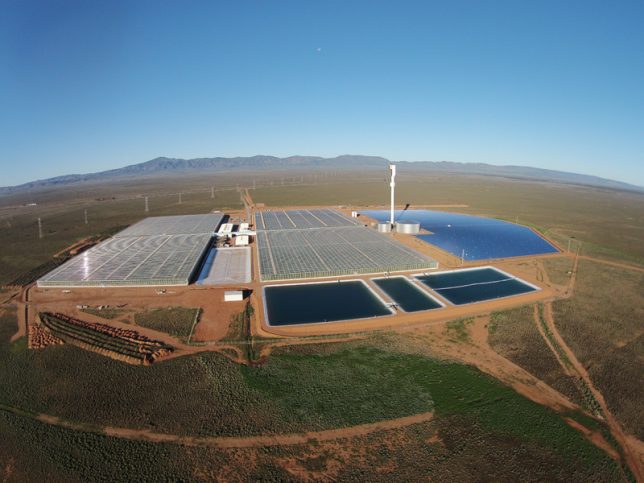

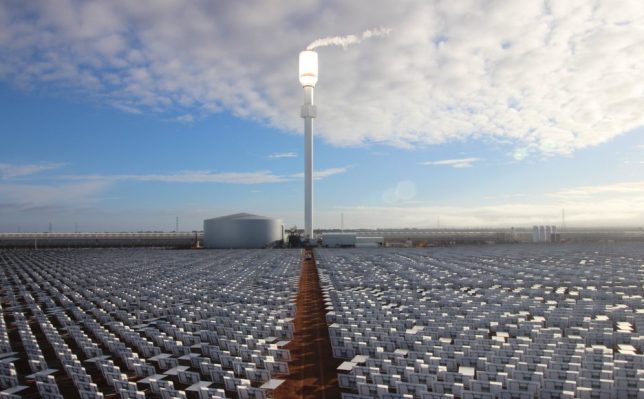


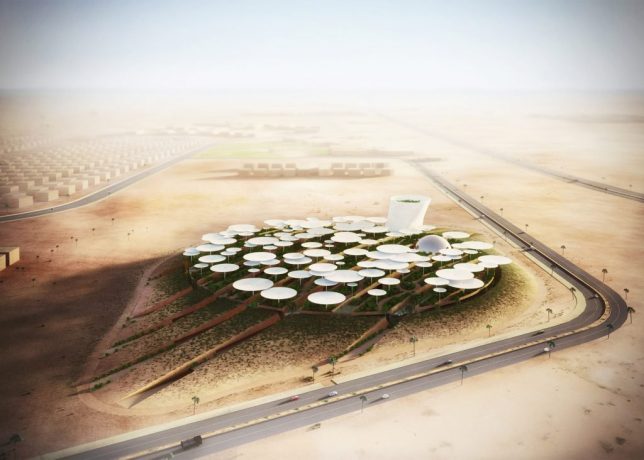
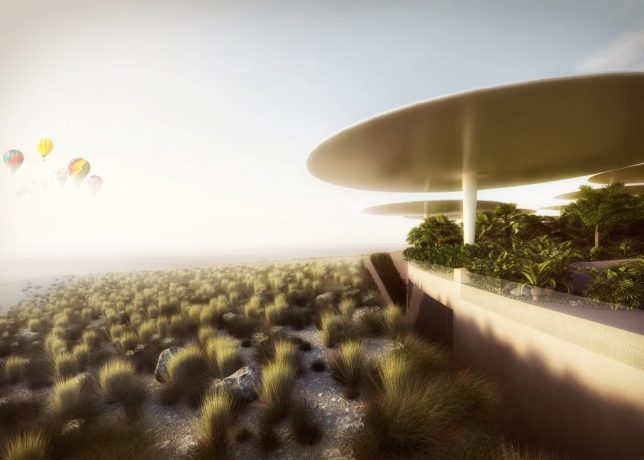
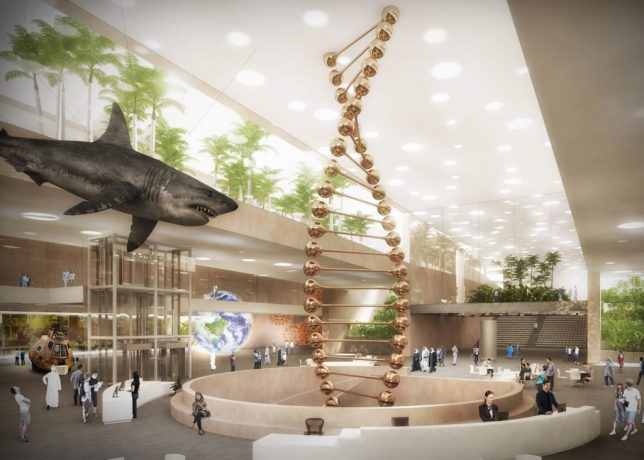
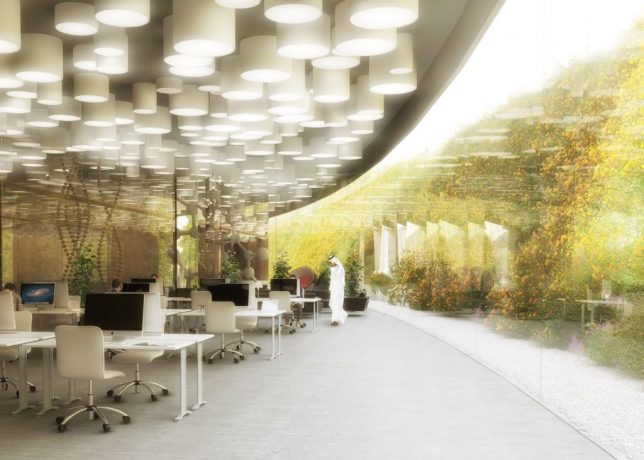
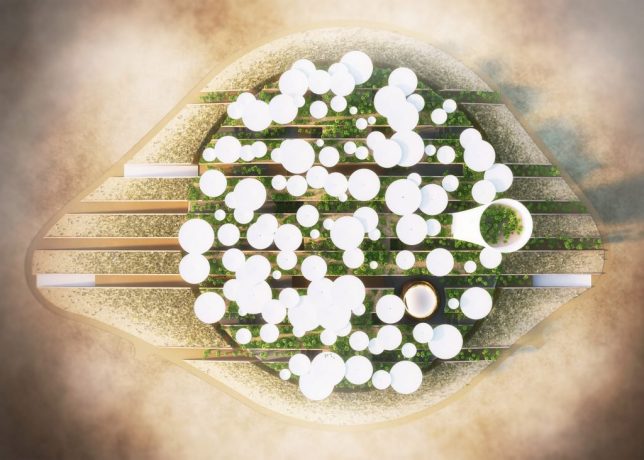

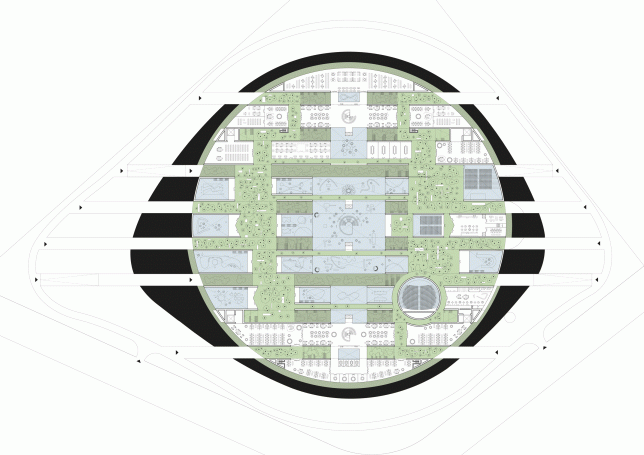

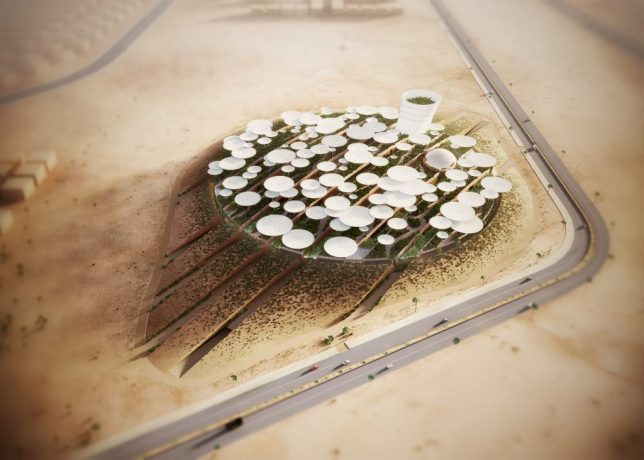
You must be logged in to post a comment.